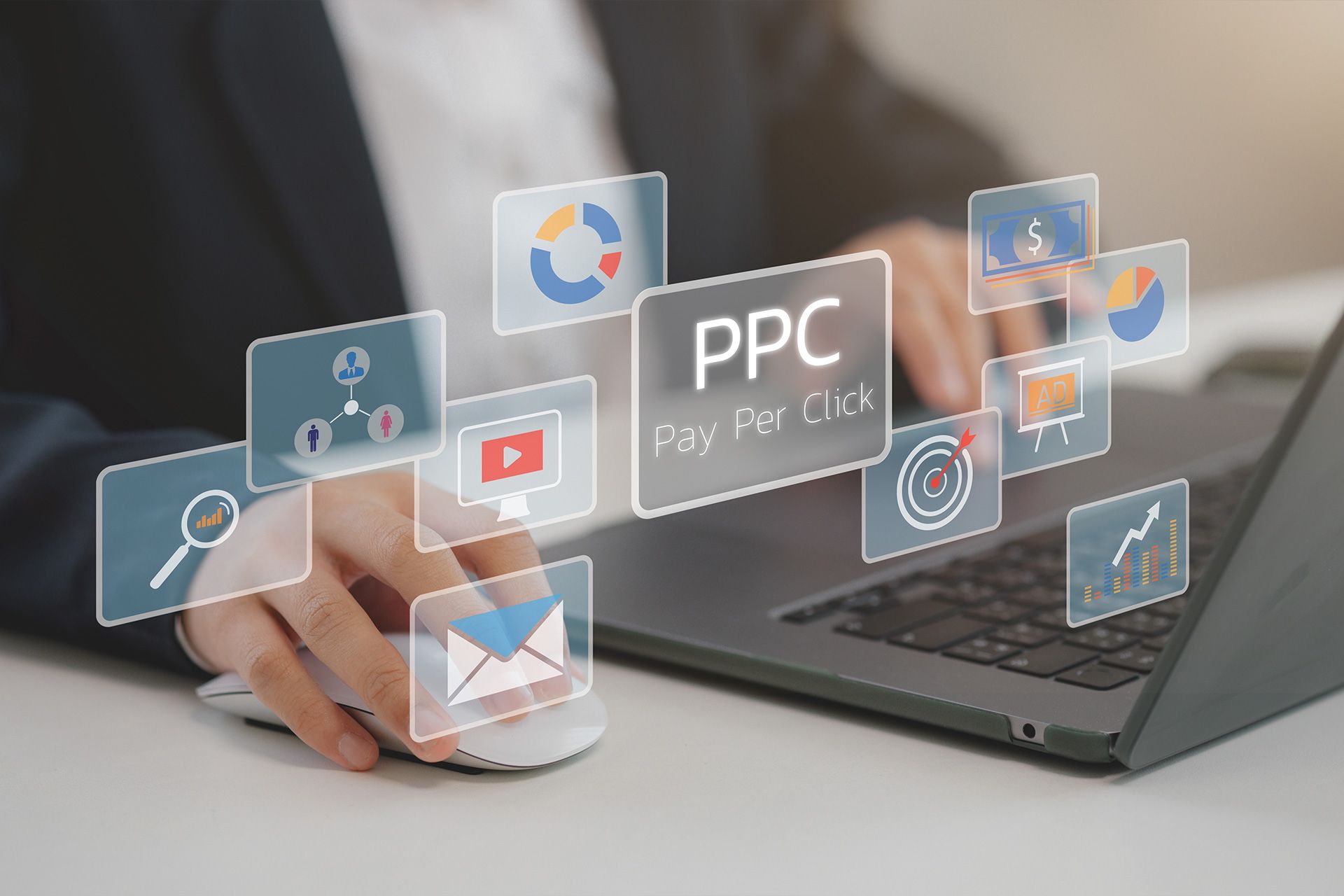How To Boost Sales with a Lead Generation Chatbot

In today's fast-moving digital world, every business wants to find new ways to grow sales and attract customers. One smart and simple way to do this is by using a lead generation chatbot. These chatbots can talk to website visitors, ask questions, and help guide people toward becoming paying customers.
Let’s break down how a lead generation chatbot works and how it can help your business boost sales.
What Is a Lead Generation Chatbot?
A lead generation chatbot is an automated tool that chats with your website visitors. It helps collect their contact information and learns what they are looking for. It works 24/7, never takes a break, and gives quick answers—just like a helpful sales assistant who never sleeps.
Instead of waiting for someone to fill out a boring form, your visitors get to chat and get help right away. The chatbot can ask smart questions like:
- “What service are you interested in?”
- “How soon do you need help?”
- “Can I get your name and email so a team member can follow up?”
This way, you’re not just guessing who might be a good lead—the chatbot does the work for you!
Why Lead Generation Matters
Before you can make a sale, you need a lead. A lead is a person who might be interested in your product or service. Without leads, it’s hard to grow your business.
Traditionally, people use contact forms, email newsletters, or cold calls to collect leads. But today, most customers prefer faster and more personal communication
.
That’s where a lead generation chatbot shines. It makes lead generation easy, quick, and fun for the user.
1. Capture More Leads, Day and Night
Your website might get visitors at any time—during the day, in the evening, or even while you’re sleeping. A chatbot is always awake and ready to help. It can capture leads 24/7, even when your team is offline.
This means you never miss an opportunity. If someone is interested in your services at 2 a.m., the chatbot is there to chat, collect info, and follow up later.
2. Qualify Leads Automatically
Not all leads are the same. Some people are just browsing, while others are ready to buy. A chatbot can ask smart questions for qualifying leads. This means it figures out if the person is a serious buyer or not.
For example, if someone says they’re looking to buy “next week,” the chatbot can tag them as a high-potential lead. Your sales team can then focus on those leads who are more likely to convert into customers.
3. Speed Up the Sales Process
Traditional sales methods can be slow. A person visits your website, fills out a form, waits for an email reply, and maybe gets a call later. By that time, they might lose interest.
A lead generation chatbot can move the process along faster. It starts the conversation right away and even schedules meetings, sends links, or connects people to a live agent if needed.
Fast replies = happy customers = more sales.
4. Personalize the Experience
People love feeling special. A chatbot can remember a visitor’s name, location, or past chats. It can use this info to give a personalized experience.
For example, if someone says they’re interested in “home cleaning services,” the chatbot can share the best packages or deals related to that service.
This personal touch helps build trust, and trust leads to sales.
5. Save Time for Your Sales Team
Your sales team is great at talking to customers—but their time is valuable. Let the chatbot handle the basic stuff, like answering common questions or collecting details.
This frees up your team to focus on what matters most: closing deals with high-quality leads.
Think of the chatbot as your digital assistant—it handles the busywork so your team can shine.
6. Learn What Customers Want
Every time a visitor chats with your bot, you learn something. The chatbot gathers useful info like:
- What products people are looking for
- What problems they are trying to solve
- When they plan to make a decision
This data helps you understand your audience better and improve your services or marketing.
You can even use chatbot reports to adjust your sales pitch, update your website, or create better offers.
7. Easy to Set Up and Use
You might think chatbots are hard to build—but that’s not true anymore. Tools like ChatArm make it simple to add a chatbot to your website, even if you’re not a tech expert.
In just a few clicks, you can set up a chatbot that starts collecting leads right away.
It’s like adding a full-time sales helper to your team, without hiring anyone new.
8. Builds Trust and Improves Customer Experience
Customers are more likely to buy from businesses they trust. A chatbot that gives fast answers, helps solve problems, and guides users builds that trust and serves as a guide to lead generation chatbots.
Plus, it creates a smooth experience for the user. No waiting. No confusion. Just fast help and friendly service.
When customers enjoy the process, they’re more likely to come back—or tell others about your business.
Real-Life Example
Let’s say you run a local plumbing company. Someone visits your website looking for help with a leaky faucet. Your chatbot pops up and says:
- “Hi there! Need help with plumbing? Tell me what’s going on!”
- The visitor types: “Leaky faucet in my kitchen.”
- The bot replies: “Got it! What’s your zip code so we can check service in your area?”
- Then: “Thanks! What’s your name and best number so our team can call you ASAP?”
- Boom—you’ve got a lead. The person feels helped, and your team gets all the info needed to follow up quickly. That’s how simple and powerful a lead generation chatbot can be.
Conclusion: Time to Start Chatting!
If you’re looking for a smart, easy, and modern way to boost sales, a lead generation chatbot is the answer. It works 24/7, qualifies leads, speeds up sales, and gives your customers a great experience.
Whether you’re a small business or a growing company, adding a chatbot to your website can help you capture more leads and grow your business faster.
Ready to boost your sales? Try
ChatArm lead generation chatbot today and start converting visitors into paying customers!
Disclaimer: The information on this website and blog is for general informational purposes only and is not professional advice. We make no guarantees of accuracy or completeness. We disclaim all liability for errors, omissions, or reliance on this content. Always consult a qualified professional for specific guidance.






